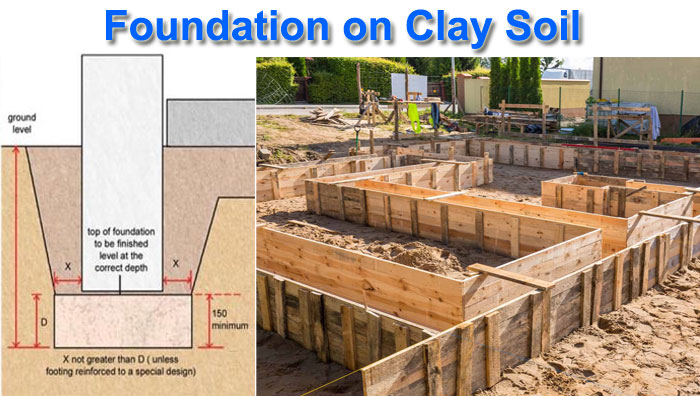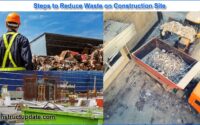Building a Foundation on Clay Soil | Clay Soil Foundation Problems
When excavating foundations on clay soils, take extra caution, especially if there are trees close. Clay soils contain 40% water, but trees can modify this quantity over the year, causing the soil to shrink or swell with enough force to damage a building’s foundations, therefore it’s critical that the foundation be the correct depth to prevent displacement.
Give your dirt a squeeze to see if it stays in the form you’ve produced with it and doesn’t crumble; if it doesn’t, it’s definitely clay (but in very dry conditions even clay will crumble).
What is Plastic Clay
In the UK, clay is divided into three categories based on its ‘plasticity’ (or how much it may change volume due to its water content):
Clays with the highest plasticity (and thus the greatest risk) can be found in the South East of England, from the East Midlands to the Humber in the north and down to Bath in the west.
Clays with medium plasticity are found throughout the rest of the South East, the Midlands, and north of the Humber Estuary. There are also some isolated locations near the coast in the northwest of England.
The clays in the rest of England and Wales are generally low plasticity, but they still pose a threat.
Required Depth
Clay soils swell in the winter and shrink in the summer due to seasonal variations. That is why each variety of clay has a minimum foundation depth. In low plasticity clays, strip, trench fill, or pad foundations must be cast at a minimum of 750mm, 900mm in medium clays, and 1000mm in high-risk regions.
Challenges with trees
However, where there are trees, these minimal depths are insufficient. Trees sucking moisture from the clay shrink the soil, causing major settling and cracking in properties with shallow foundations during droughts. Cutting down an adjacent tree isn’t going to help.
In typical weather, clay adapts to how neighboring trees use water and maintains a consistent level, with the trees taking out only what they require. When a mature tree is cut down, the clay cannot contain the excess water and swells, sometimes to the point of moving foundations and lifting concrete ground floors, causing major structural damage.
So, whether you take down the tree or leave it alone, you’re screwed! The only solution is to build the foundation below the tree-affected region.
Delve into the depths
Building control surveyors in locations with shrinkable clay are all tree specialists or at least have a ‘book of trees’ in the car, according to a little-known fact. Because each tree has varied water requirements, the depth of foundation is determined by the type of tree. Very tall trees, such as Poplars and other huge broad-leaved species, are the worst offenders.
If you have a ‘high water demand’ tree, the impact on foundation depth can be significant, necessitating trenches as deep as 3m and additional heave protection measures such as compressible boards. So, how do you figure out how much depth you’ll need?





